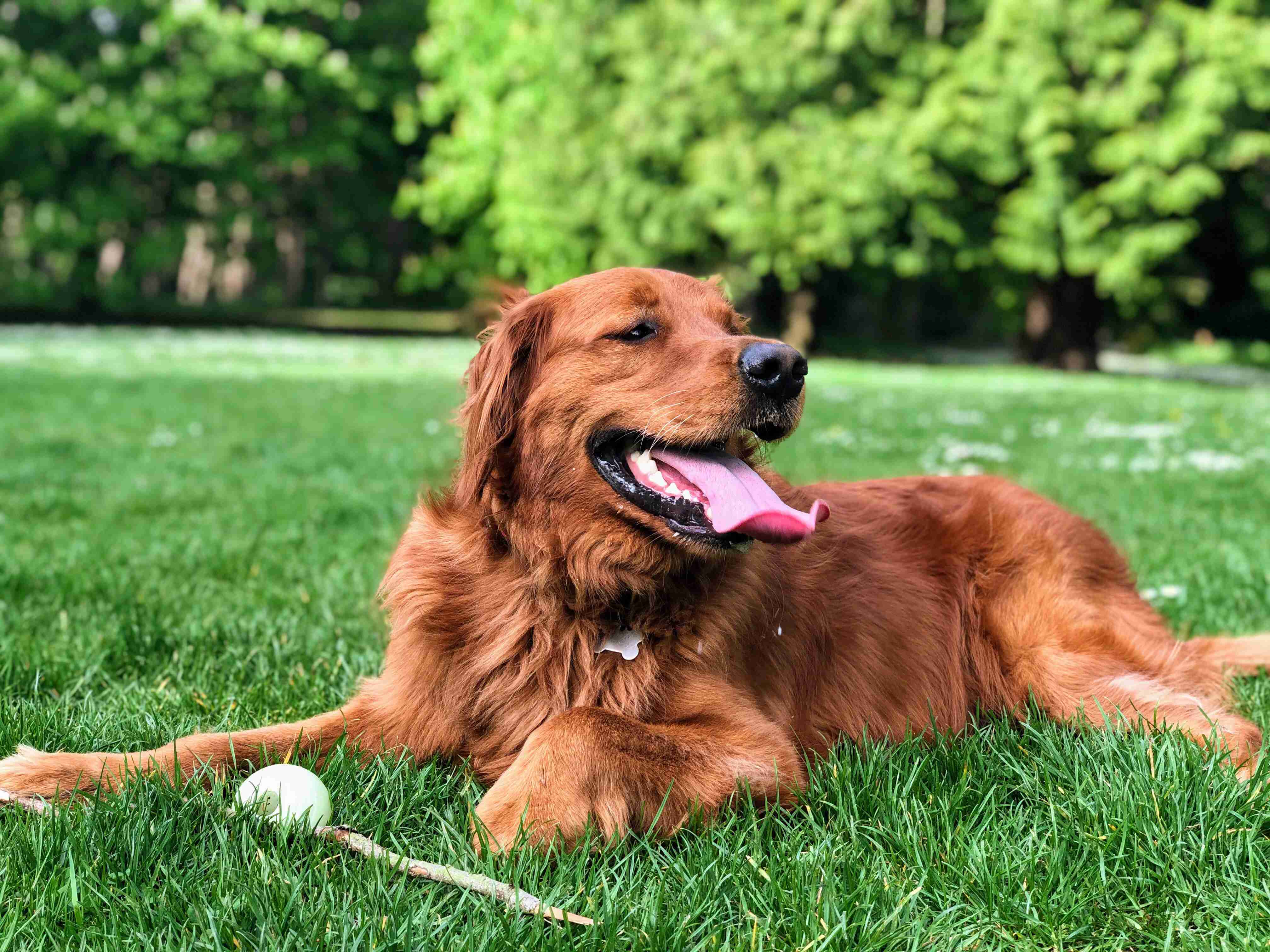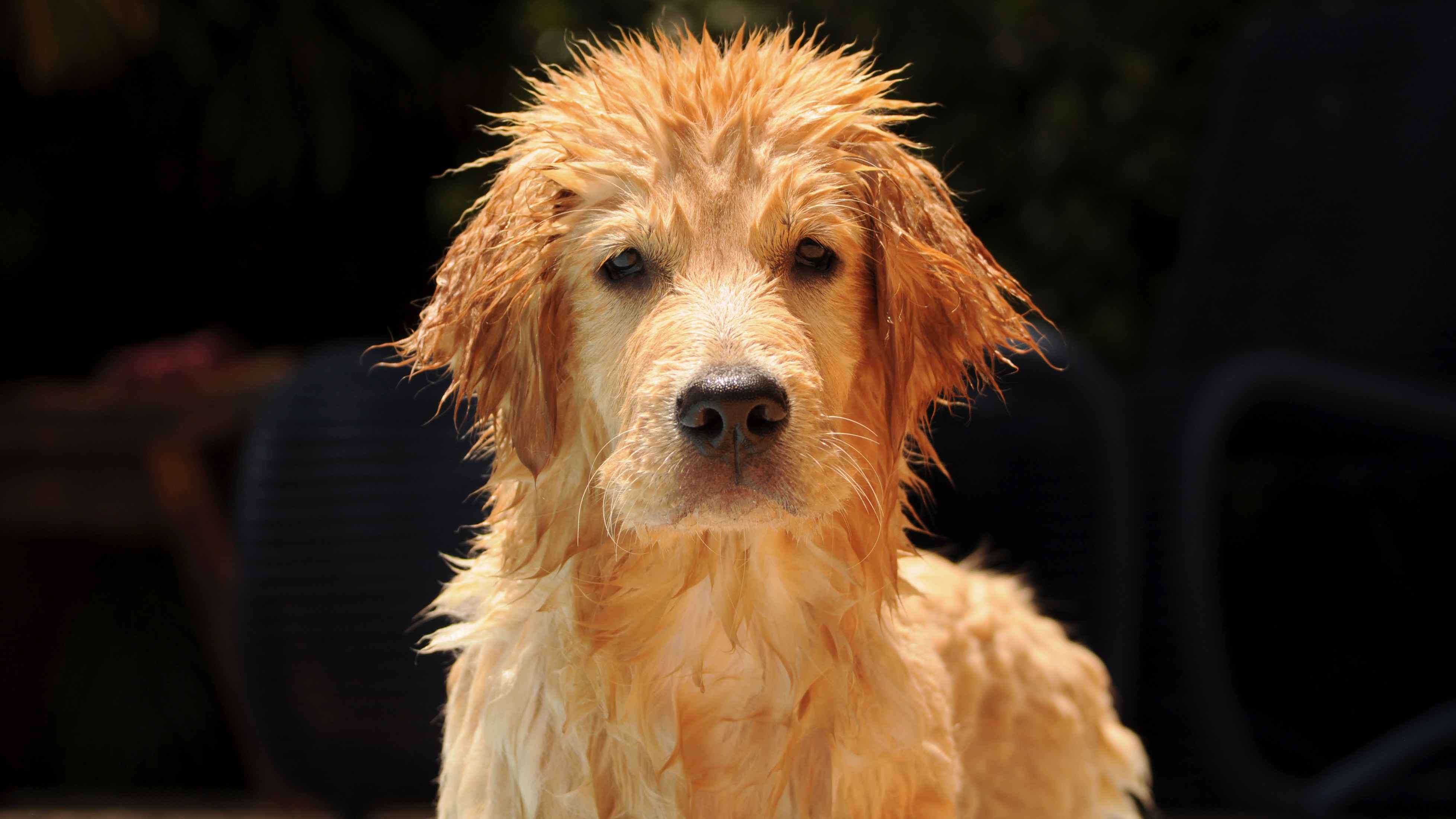As a dog owner, you want nothing but the best for your furry friend. However, even with proper care and attention, dogs can develop eye infections. Conjunctivitis, also known as pink eye, is a common eye infection that can affect dogs of all ages and breeds. It is a condition that causes inflammation of the conjunctiva, the thin membrane that covers the white part of the eye and the inside of the eyelid. If left untreated, conjunctivitis can cause discomfort, pain, and even vision loss in your dog. In this blog post, we will discuss how to prevent and treat conjunctivitis in your dog, so you can keep their eyes healthy and clear.
Clearing Up Doggy Eye Infections: A Complete Guide to Preventing and Treating Conjunctivitis in Your Canine Companion
As a dog owner, seeing your furry friend suffer from an eye infection can be a stressful and worrying experience. Conjunctivitis, also known as pink eye, is a common eye infection in dogs that can cause inflammation, discharge, and discomfort. In this complete guide, we will discuss everything you need to know about preventing and treating conjunctivitis in your canine companion.
What is Conjunctivitis in Dogs?
Conjunctivitis is an eye infection that affects the conjunctiva, which is the thin, transparent membrane that lines the inner eyelids and the whites of the eyes. The conjunctiva helps to protect the eye by producing mucus and tears, which keep the eye moist and free from dirt and debris. When the conjunctiva becomes inflamed, it can cause redness, swelling, and discharge from the eyes.
What Causes Conjunctivitis in Dogs?
There are several factors that can contribute to the development of conjunctivitis in dogs, including:
1. Bacterial or Viral Infections: Conjunctivitis can be caused by bacterial or viral infections, such as staphylococcus, streptococcus, or herpes.
2. Allergies: Dogs can develop allergic reactions to various environmental factors, such as pollen, dust, or mold, which can cause irritation and inflammation of the conjunctiva.
3. Trauma: Any injury or trauma to the eye can cause inflammation and infection.
4. Foreign Objects: Dirt, dust, and other foreign objects can irritate the conjunctiva, leading to conjunctivitis.
5. Structural Abnormalities: Some dogs may have structural abnormalities that cause their eyelids to roll inward or outward, which can lead to conjunctivitis.
What are the Symptoms of Conjunctivitis in Dogs?
The symptoms of conjunctivitis in dogs can vary depending on the severity of the infection and the underlying cause. Some common symptoms of conjunctivitis include:
1. Redness and swelling of the eye
2. Discharge from the eye, which can be clear, yellow, or green
3. Itching or rubbing of the eye
4. Squinting or holding the eye closed
5. Sensitivity to light

6. Cloudy or hazy appearance of the eye
7. Changes in the color of the iris
How to Prevent Conjunctivitis in Dogs?
The best way to prevent conjunctivitis in dogs is to maintain good hygiene and keep their environment clean. Here are some tips to help prevent conjunctivitis:
1. Regularly clean your dog’s face and eyes with a damp cloth to remove any dirt and debris.
2. Keep your dog’s environment clean and free from dust, mold, and other allergens.
3. Avoid exposing your dog to other dogs with conjunctivitis or other infectious diseases.
4. Take your dog to the vet for regular check-ups to detect any underlying conditions that may contribute to conjunctivitis.
5. Keep your dog’s vaccinations up to date to prevent viral infections that can cause conjunctivitis.
How to Treat Conjunctivitis in Dogs?
If your dog develops conjunctivitis, it’s important to seek veterinary care as soon as possible. Your vet will perform a physical exam and may recommend some of the following treatments:
1. Eye Drops or Ointments: Antibiotic eye drops or ointments can be prescribed to treat bacterial conjunctivitis. Steroid eye drops may also be prescribed to reduce inflammation and itching.
2. Oral Medications: In some cases, oral antibiotics or antiviral medications may be necessary to treat severe conjunctivitis.
3. Warm Compresses: Applying a warm compress to your dog’s eye can help soothe inflammation and reduce discharge.
4. Surgery: If your dog has a structural abnormality that is causing conjunctivitis, surgery may be necessary to correct the problem.
5. Home Care: Your vet may recommend home care, such as cleaning your dog’s eyes and administering medication at home.
Conclusion
Conjunctivitis in dogs can be uncomfortable and painful, but with proper treatment and prevention, your furry friend can recover quickly and comfortably. By maintaining good hygiene, keeping your dog’s environment clean, and seeking veterinary care when necessary, you can help prevent and treat conjunctivitis in your canine companion. If you notice any symptoms of conjunctivitis in your dog, don’t hesitate to contact your veterinarian for an evaluation and treatment plan.
As a responsible pet owner, it is important to pay close attention to your dog’s eyes and seek veterinary care at the first sign of conjunctivitis. With proper prevention methods and prompt treatment, you can help your furry friend avoid the discomfort and potential complications of this common eye infection. By following the tips outlined in this guide, you can keep your dog’s eyes healthy and clear, allowing them to enjoy all the sights and sounds of the world around them. Remember, a little extra care goes a long way in promoting your four-legged friend’s overall health and happiness.






.jpg)
%20-%20Copy.jpg)
